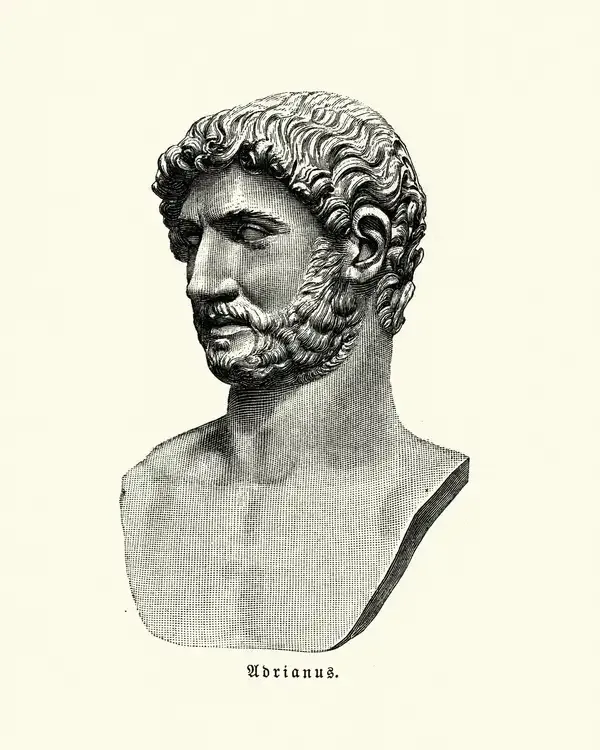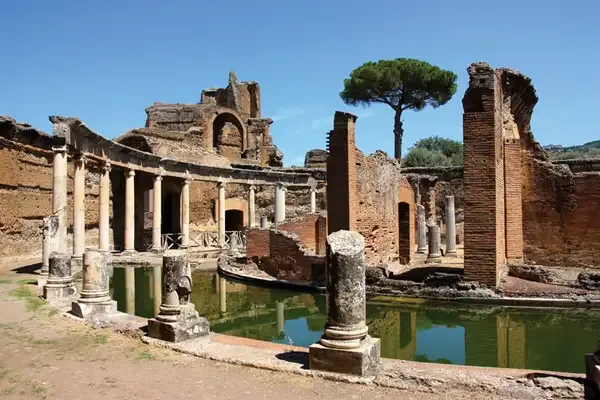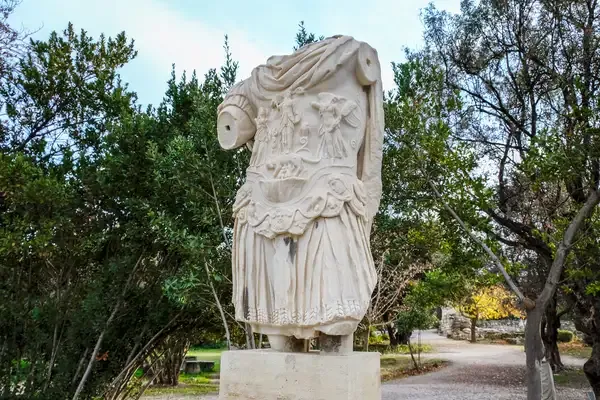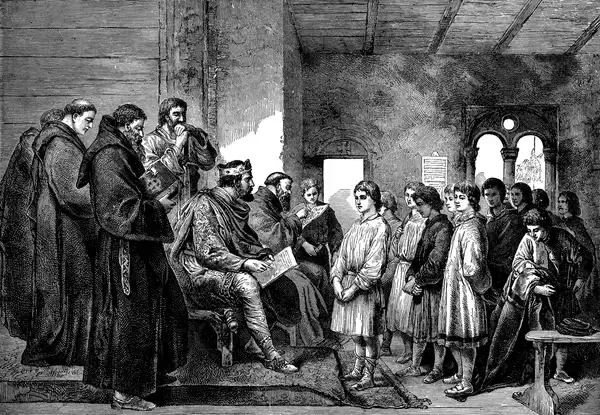Why Is Charles I Buried with Henry VIII and Jane Seymour?
Charles I is buried with Henry VIII and Jane Seymour at St. George's Chapel in Windsor Castle due to a combination of practicality and historical circumstances. After Charles I's execution in 1649, his supporters wanted a dignified burial, and St. George's Chapel was chosen for its royal significance. The chapel already housed Henry VIII and Jane Seymour. The burial was conducted discreetly to avoid political tensions, ultimately resulting in these historical figures sharing a final resting place.

Historical Context of Charles I's Burial
Charles I, the monarch of England from 1625 until his execution in 1649, is a significant figure in British history. His reign was marked by civil war, conflict, and ultimately, his trial and execution for treason. Following his death, Charles I was buried in St. George's Chapel at Windsor Castle. However, what is particularly intriguing is his burial alongside Henry VIII and Jane Seymour, two pivotal figures of the Tudor dynasty.
The Significance of Henry VIII and Jane Seymour
Henry VIII, known for his six marriages and his role in the English Reformation, is a central figure in British history. His second wife, Jane Seymour, was the only one of his wives to bear him a male heir, Edward VI. Their union was historically significant, as it reinforced the Tudor lineage and the continuation of the monarchy. Despite the tragic fate of Charles I, being laid to rest with these two historical icons has profound implications.
Religious and Political Symbolism
The decision to bury Charles I next to Henry VIII and Jane Seymour is laden with religious symbolism. Charles I was a staunch believer in the divine right of kings, a principle that Henry VIII also embraced. By placing Charles I in close proximity to Henry VIII, it symbolizes a continuity of royal authority and the legitimacy of monarchical rule in the face of political upheaval.
The Connection to the Royal Legacy
Charles I's burial next to Henry VIII and Jane Seymour also represents a connection to the royal legacy. The Tudors played a critical role in shaping the monarchy's relationship with Parliament. Charles I's reign ended in conflict with Parliament, leading to his execution. His burial alongside these monarchs serves as a reminder of the complexities of royal power and the dangers of absolute monarchy.
Charles I's Legacy
Although Charles I is often remembered for his tumultuous reign and tragic death, his burial site serves as a testament to his place in British history. The choice to inter him with Henry VIII and Jane Seymour indicates a recognition of his significance within the broader narrative of the English monarchy. The juxtaposition of their legacies invites reflection on the evolution of the crown and its relationship with the people.
Public Perception and Historical Interpretation
The perception of Charles I has evolved over time. Initially viewed as a tyrant, contemporary historians often acknowledge his commitment to his principles, even in the face of death. This shift in perception can also be linked to his burial site. Being laid to rest alongside Henry VIII and Jane Seymour elevates his status in the annals of history, allowing for a more nuanced understanding of his reign and legacy.
Chart: Comparison of Monarchs
| Monarch | Reign | Key Contributions | Legacy |
|---|---|---|---|
| Henry VIII | 1509-1547 | Established the Church of England | Influenced religious and political structures |
| Jane Seymour | 1536-1537 | Mother of Edward VI | Symbol of Tudor lineage continuity |
| Charles I | 1625-1649 | Defender of the divine right of kings | Executed for treason; reign marked by civil war |
Conclusion: A Final Resting Place of Significance
Charles I's burial alongside Henry VIII and Jane Seymour is a powerful reminder of the intertwined fates of the British monarchy. It symbolizes a continuity of royal authority and a complex relationship between the monarchy and its subjects. As history continues to be interpreted and reinterpreted, the significance of this burial site will undoubtedly remain a topic of discussion among historians and royal enthusiasts alike. The intermingling of these legacies serves not only to honor the past but also to provoke thought about the future of the monarchy and its role in contemporary society.












